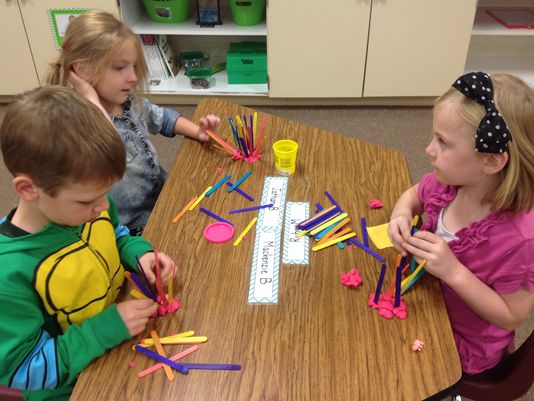 STEM Education programs vary considerably across the state of Wisconsin, which makes sense based on local needs and capacity. Nevertheless, there are important characteristics of STEM programs that should be considered across the board as discussed in the 2014 Wisconsin STEM Education Wisconsin Summit. Below, we also provide examples of areas where STEM programs could often be improved.
STEM Education programs vary considerably across the state of Wisconsin, which makes sense based on local needs and capacity. Nevertheless, there are important characteristics of STEM programs that should be considered across the board as discussed in the 2014 Wisconsin STEM Education Wisconsin Summit. Below, we also provide examples of areas where STEM programs could often be improved.
During the 2014 Wisconsin STEM Education Wisconsin Summit, over 100 leaders from business, higher education, K-12 education systems, and state government came together to discuss STEM education in Wisconsin. An executive report of the day can be accessed here. Groups specifically shared ideas on the key characteristics of effective STEM programs. Three broad themes emerged:
1) Integrated and Thematic – Includes true collaboration across disciplines.
- No one teacher or discipline running the show; all are willing to take risks and learn from failure.
- Teachers have the skills for this approach and ongoing professional development for this process to evolve.
2) Real-world – Authentic learning captures student imagination and curiosity.
- Business partners help make these connections happen, and an advisory board ensures a continual evaluation of effectiveness.
- Sufficient funding supports the work—equipment, field trips, and professional learning.
- While linked to workforce pathways, effective STEM acknowledges that the trendy career or pathway now might not exist in 10 years. Programs focus on 21st century skills, like communication, teamwork, and problem solving, in a context of innovative possibilities and ongoing community needs (like auto mechanics).
3) STEM is for ALL - Students from all backgrounds feel respected, connected, and invited, and they all have STEM opportunities.
- Educators give particular attention to groups that are underrepresented in STEM fields.
Observing STEM education programs across Wisconsin, some characteristics better align to the definition and vision for STEM education set out in Wisconsin.
- Textbook-based, driven by the next chapter in the book or by the teacher
- Taught by one teacher or department, such as career and technical education or science
- Problem-solving that requires application of basic math and science understanding
- Connections to work-like skills with reference to possible careers
- Lock-step following of the content of one set curriculum taught by one teacher
- An effort to bring a little science, technology, engineering, and mathematics together into one project
- Projects that could occasionally include other “letters” (such as STEAM w/ an A for arts or agriculture)
STEM Education is more…
- Student and community-driven, determined by interest and community needs
- Facilitated by an interdisciplinary team of teachers, with no one department running the show
- Solving real-world problems where students learn and model complex mathematics and science concepts through the process
- Connections to specific job-related skills with the guidance of local industry professionals
- Interdisciplinary teams of teachers brought together based on the content of specific problems
- A philosophy of or an approach to problem-solving that is more than the sum of its parts
- A collaborative, quantitative approach to problem-solving that can be applied across all disciplines
STEM education is more than job preparation, it involves skills that will be important across all careers and more generally as a Wisconsin citizen. School systems should work with their communities to collaboratively evaluate how well they are preparing their students in STEM, with a focus on ensuring an aligned PK-12 progression of learning.
Contact: stem@dpi.wi.gov or see the DPI STEM Leadership Team page